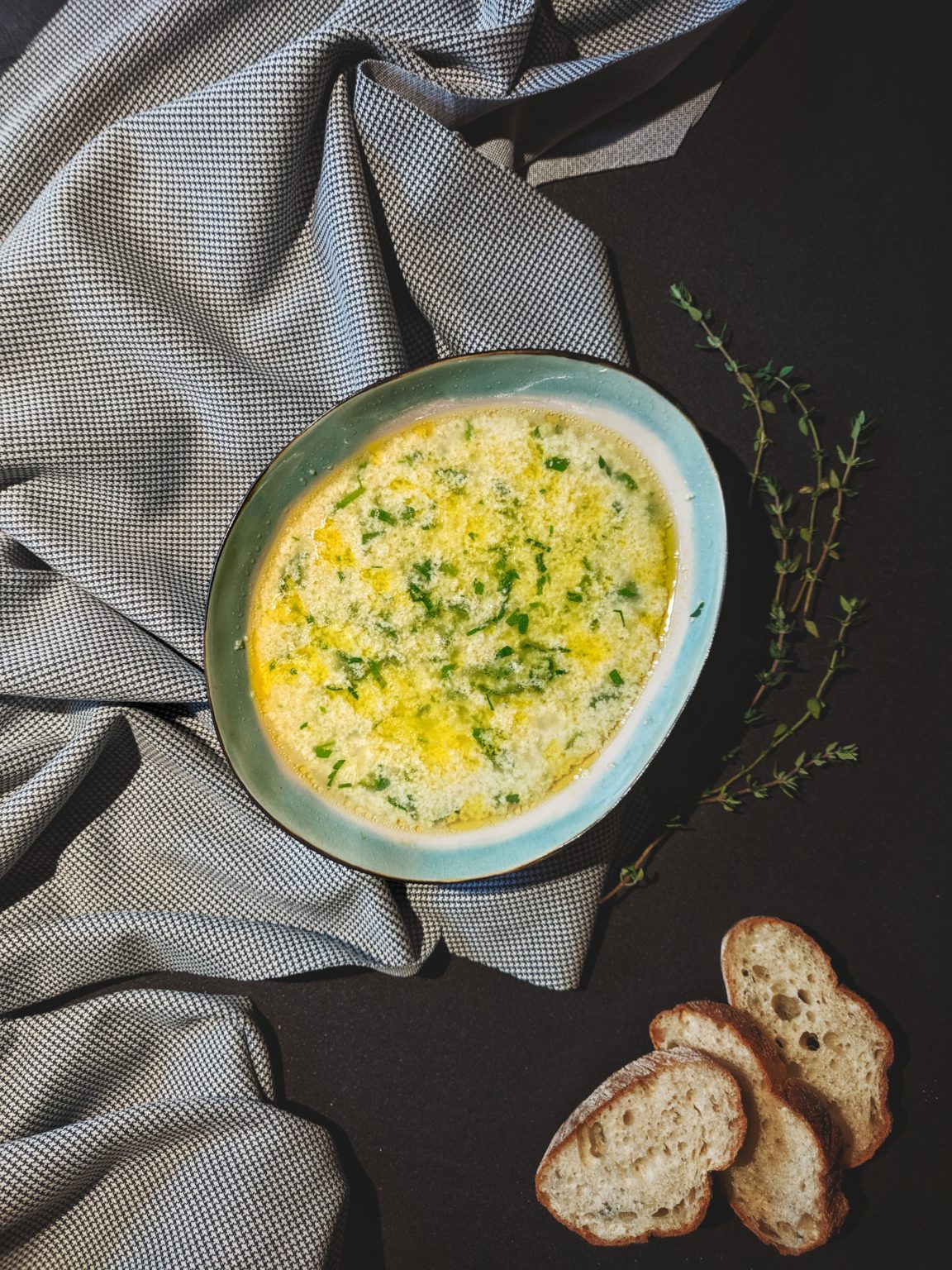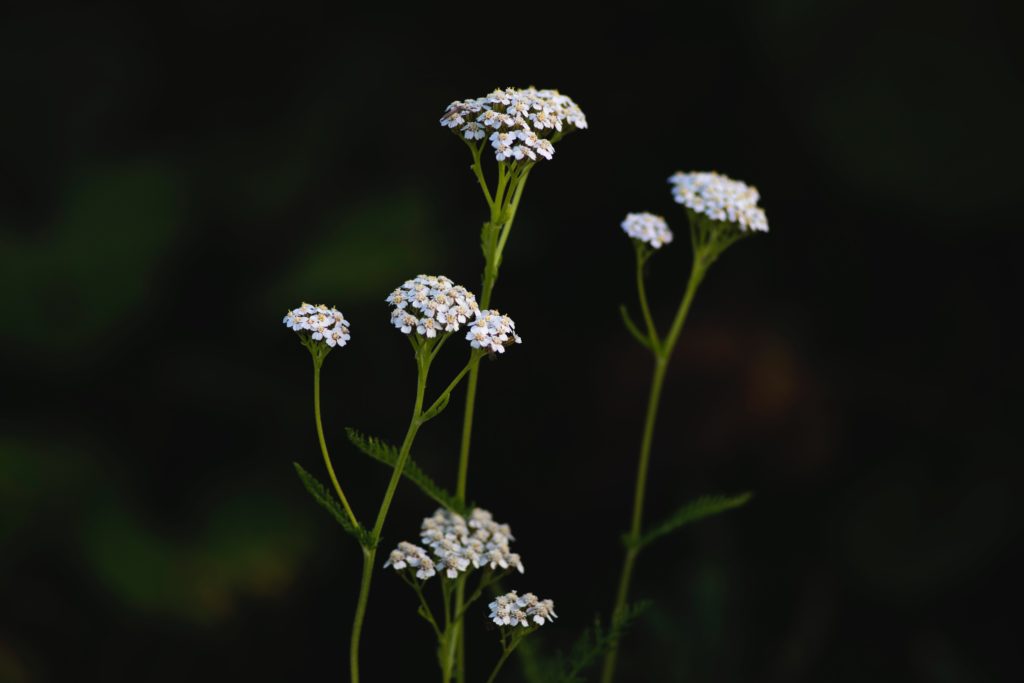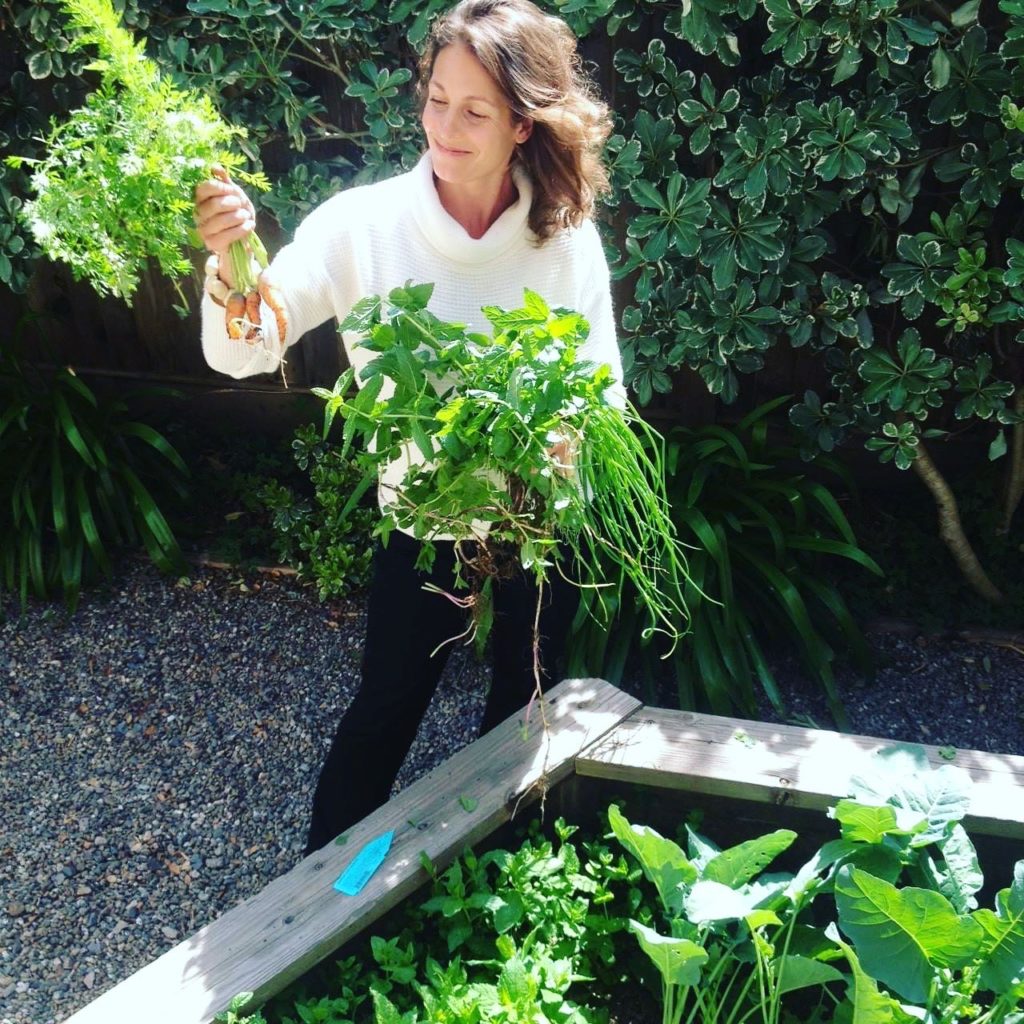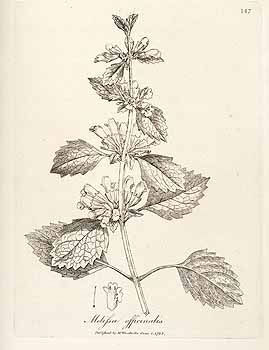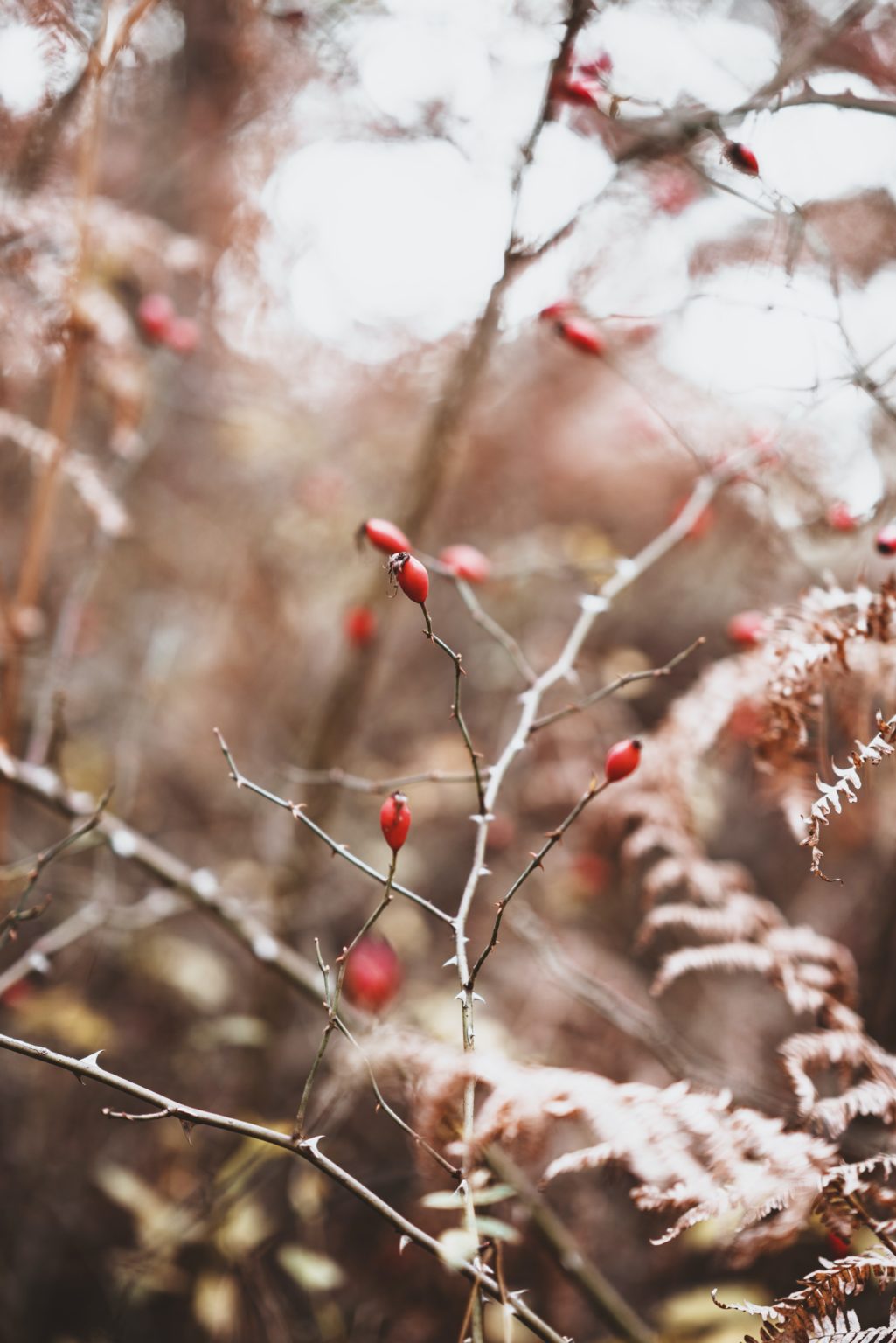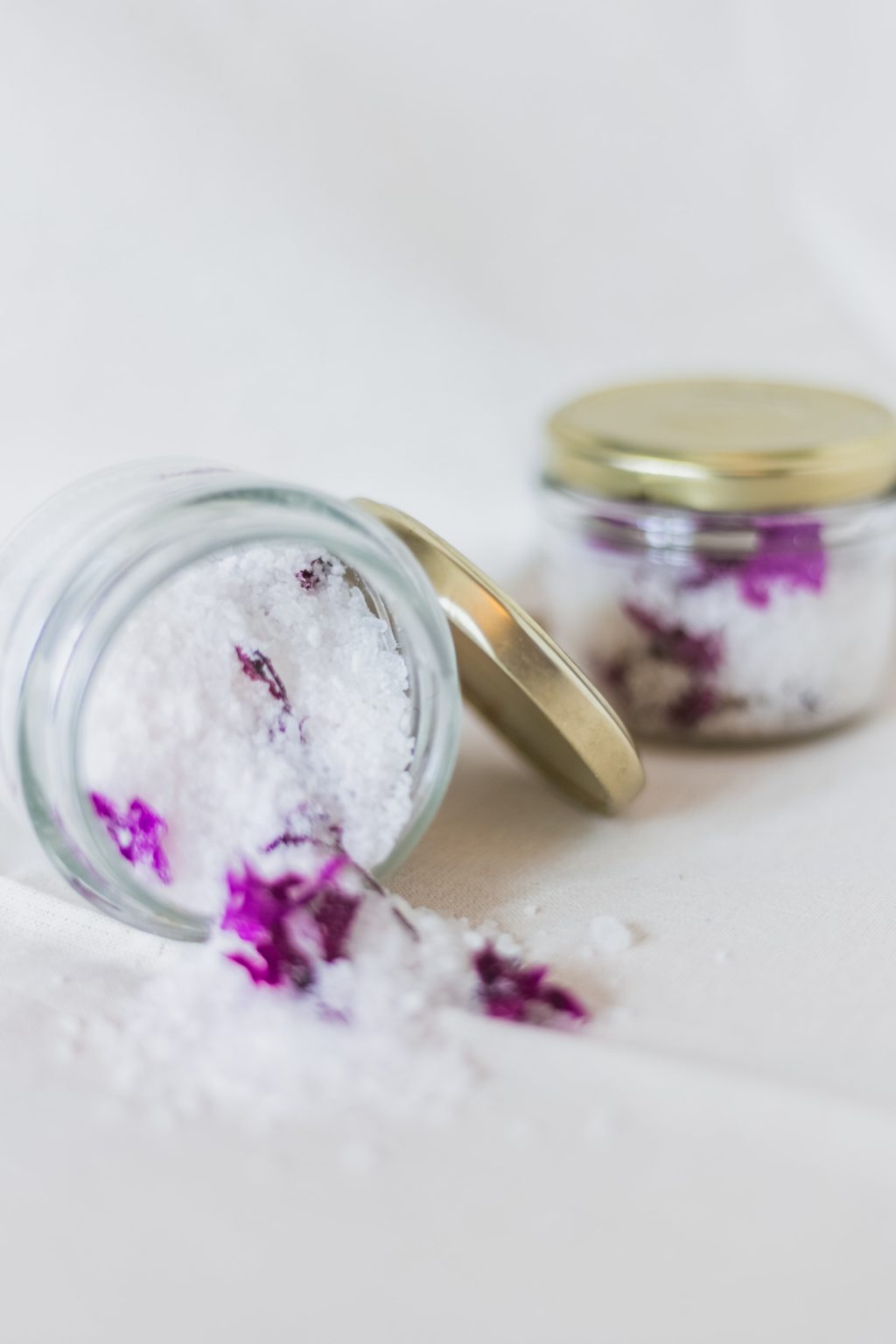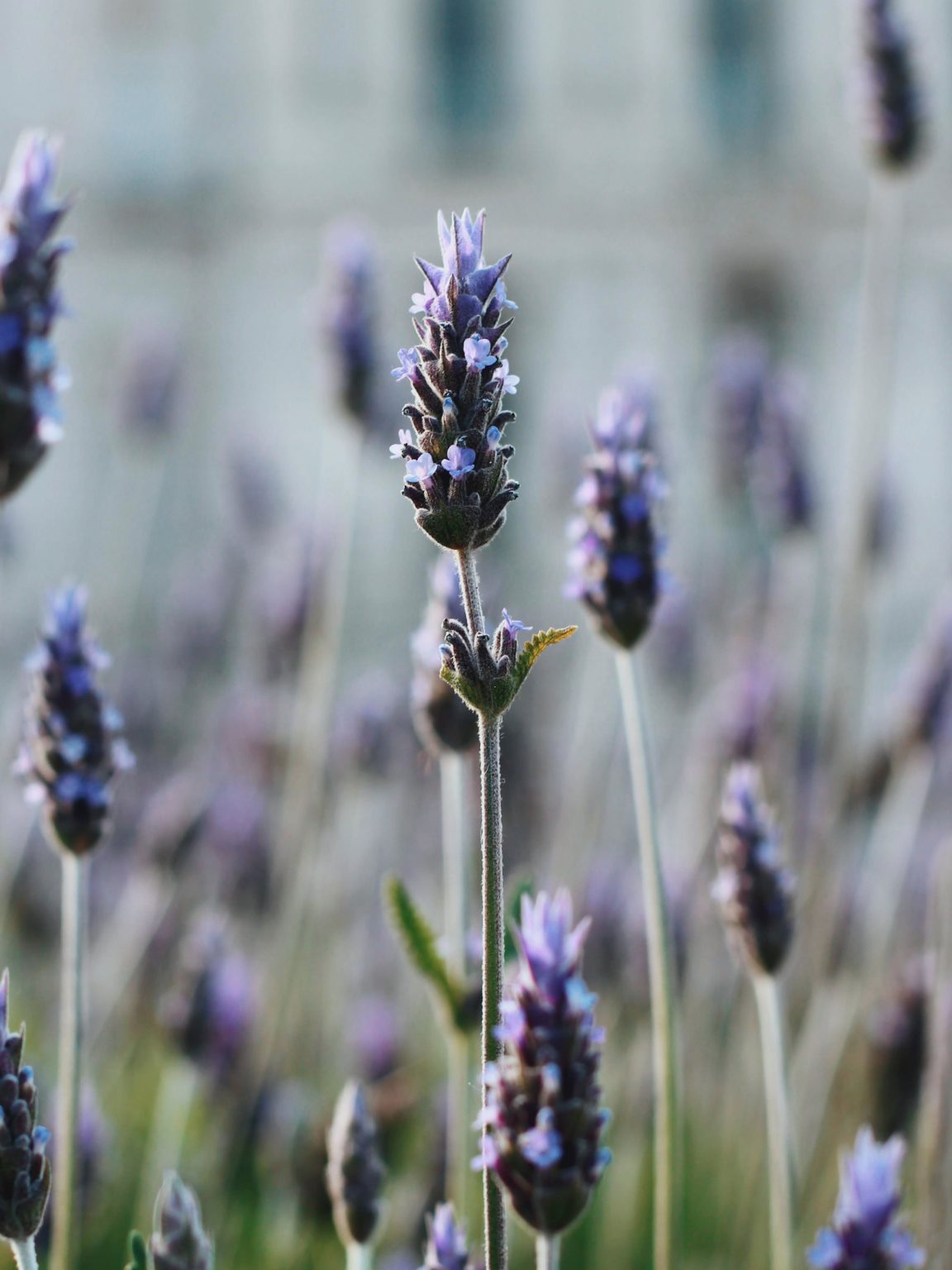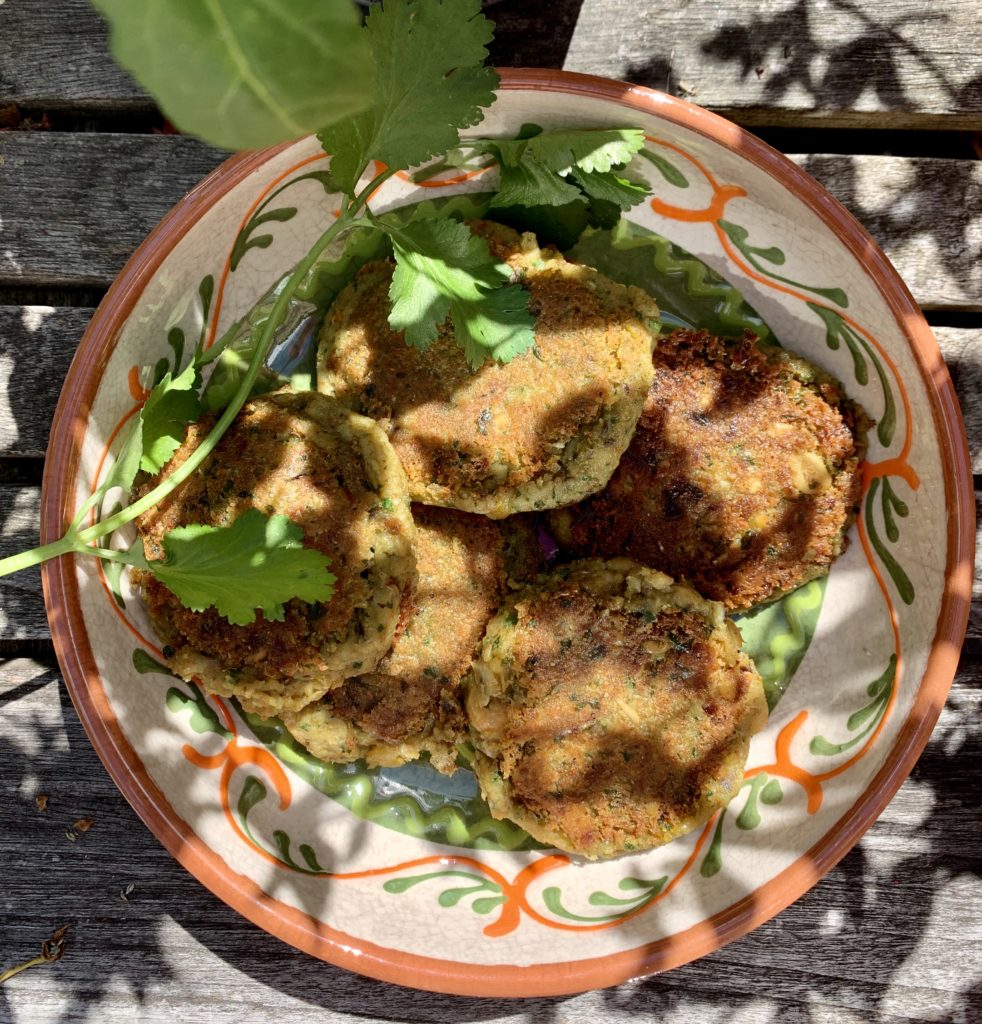Journal
- All
- Antioxidant
- Astragalus
- Blood clots
- Brain fog
- Burnout
- Cervical cancer
- Cholecystectomy
- Cold feet
- Cracked heels
- Echinacea
- Exhaustion
- Fatigue
- Gallbladder
- Headaches
- Health Advice
- Heart health
- Liver
- Low immunity
- Low white blood cells
- Memory
- Menopause
- Migraines
- Nervous system
- Perimenopause
- Recipe
- RnA ReSet
- Strokes
- Sun protection
- Thyroid
Healing chicken soup, often known as ‘Jewish Penicillin’, has a long held tradition as a ‘cure’ for colds and flu and while this may seem like an old wives tale, there is some science behind this. A study in 2000 found that...
As a child I was given a Yarrow infusion if I had a fever, a very bitter herb which would encourage profuse sweating. And so I grew up accustomed to these unusual flavours and knew the benefits they could bring....
Nutrition and Lifestyle for ‘Long Covid’
According to a team of researchers at Kings College London around 1 in 7 people with symptomatic COVID-19 could be ill for at least 4 weeks, 1 in 20 for 8 weeks and 1 in 45 for 12 weeks or...
Lemon Balm a Herb for the Nerves
~ “it will comfort the heart and drive away melancholy” ~ Lemon balm (Melissa officinalis) is a spring time herb known for its fresh lemon scent. During the growing season a freshly scented tea can be made to soothe...
The Energy of Emotions by Brian Lamb Medical Herbalist
As we enter the autumn, we would do well to safeguard our immunity. It is astonishing that virtually nothing is said in the media about our first line of defence, our awesome immune system. Why is this? Surely it cannot...
Vitamin C Rich Rosehip Syrup Recipe
The arrival of the Rosehip (Rosa canina) is a sign that Autumn is truly here. Also known as Dog rose or Wild rose, the common Rosehip is an oval shaped berry, bright red and covered with small hairs. When it...
Relaxing Lavender Bath Salts Recipe
There is nothing more soothing than a warm fragrant bath in a dimly lit room. I remember feeling soothed by the lavender bags as I opened my grandmother’s chest of drawers as a child. It was a comfort somehow and...
“Worry is a thin stream of fear trickling through the mind. If encouraged, it cuts a channel into which all other thoughts are drained.” Arthur Somers Roche During times of uncertainty levels of anxiety and depression can increase. Thoughts...
Falafel is a traditional Middle Eastern food usually served in a wrap. A very easy recipe to whip up with minimal ingredients. Highly nutritious and rich in fibre and plant protein. Ingredients 1 tin or carton of organic chickpeas drained...
